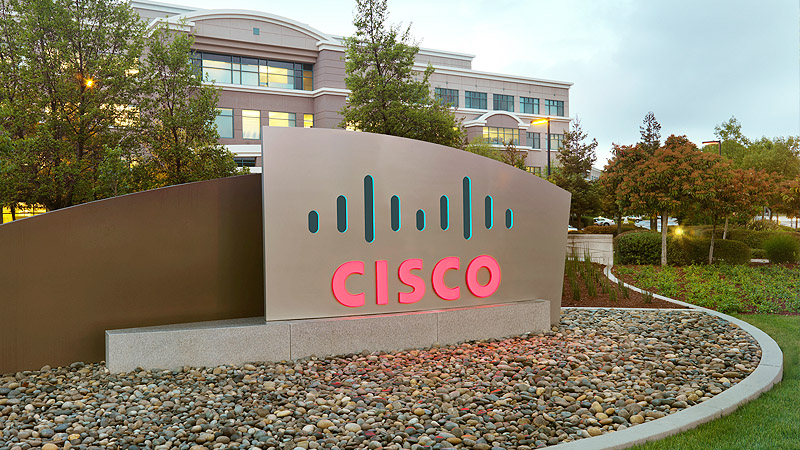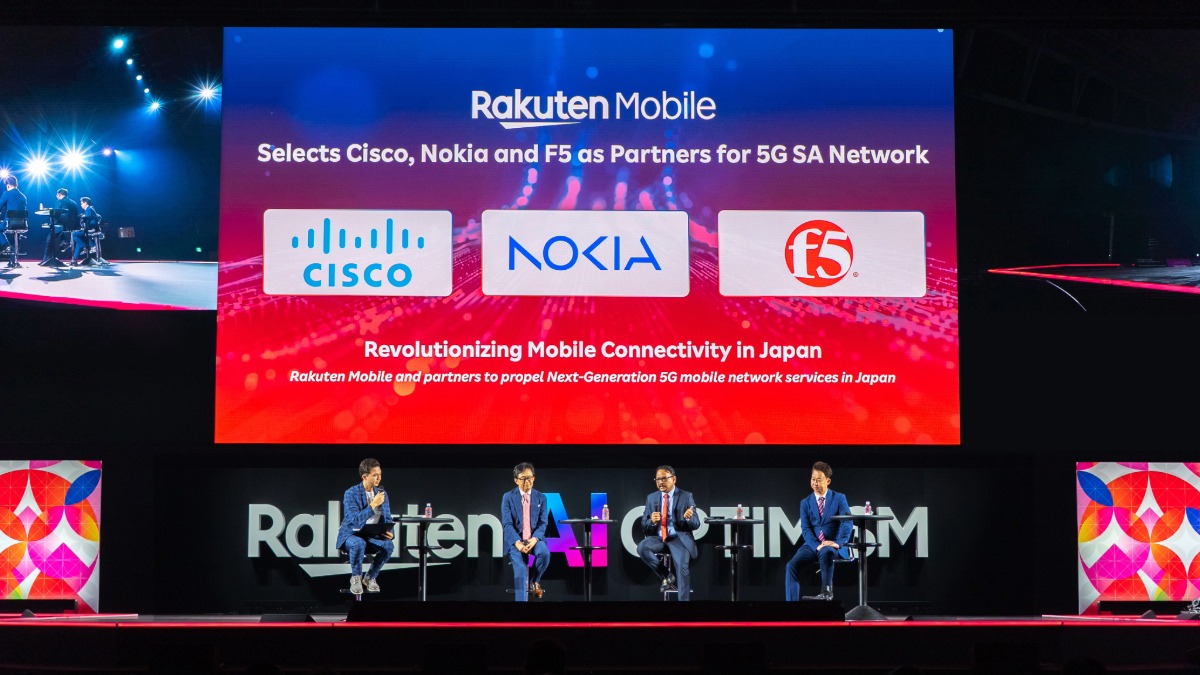SAN JOSE, Calif., August 1, 2001 - Cisco Systems, Inc., the worldwide leader in networking for the Internet, today introduced the Cisco CTE 1400 Series Content Transformation Engine, Cisco's first appliance-based solution that enables enterprise and service provider customers to deliver existing Web content to a variety of new devices, including Wireless Application Protocol (WAP) phones, personal digital assistants (PDAs) and Cisco IP Phones.
An integral part of Cisco AVVID, the Architecture for Voice, Video and Integrated Data, the Cisco CTE is a single rack-unit appliance designed to convert HTML and XML data formats appropriate for client devices with special display requirements. The Cisco CTE works within existing Content Networking infrastructures, including content switches and caching devices, to extend enterprise content and applications in the mobile world.
The Cisco CTE -- Empowering the Mobile Internet Generation
The Cisco CTE can be used to mobilize intranet and extranet applications such as sales force automation, e-commerce, supply-chain management, e-customer care and e-learning. Stanford Law School in Palo Alto, Calif. has been a wireless campus for more than two years and is taking advantage of the CTE 1400 with all of this in mind.
Stanford Law School recently upgraded their wireless network to include the Cisco Aironet 350 Series wireless LAN (WLAN) products and started providing administrative and academic content to all wireless net-enabled devices, including PDAs, Pocket PCs, WAP and IP phones, for faculty and students. The school is now using the Cisco CTE to ensure that its students have access to law school online information anytime, anywhere and on any client device. Mobilizing content such as class lists, programs, news, schedules, notes, contacts and tests, the CTE provides law faculty and students at Stanford access to data that was previously reserved for networked computers.
"Stanford Law School is working toward a future where any data or service a student needs will be available from a wireless device," said Mitch Davis, chief information officer at Stanford Law School. "The Cisco CTE made it possible for us to start delivering on that promise today, instead of in the future."
The Cisco CTE can be deployed in enterprise and service provider environments using existing HTML/XML content. After accepting requests from client devices, such as mobile phones, PDAs or IP phones, the Cisco CTE requests the content from back-end servers. The Cisco CTE functions as a reverse-proxy, acting as a Web server to the client device and as a client device to the Web server. The Cisco CTE, which includes technology from WebUnwired, Inc., transforms the content properly for each device type sending only essential information formatted to fit the screen and memory requirements of the specific requesting device. The Cisco CTE works seamlessly with routers, switches, server load balancers, content engines, Web servers, firewalls, virtual private network (VPN) solutions and IEEE 802.11b wireless LAN products to provide a seamless, high performance solution.
"The Cisco CTE revolutionizes the way that customers deal with web content," said Joel Conover, senior analyst at Current Analysis, Inc. "Customers can leverage the Cisco CTE to seamlessly transform their web content for client devices. With the introduction of this solution, Cisco is throwing down the gauntlet and challenging competitor's claims in the multi- and mobile-device content delivery space."
The Cisco CTE can be easily and quickly installed into any network infrastructure without requiring any changes to existing hardware or back-end software, unlike software solutions currently available for content transformation. Each Cisco CTE supports up to 10,000 simultaneous users and 1,400 concurrent active sessions per unit. Users can easily scale upward for increased performance and redundancy by including additional Cisco CTE's.
The Cisco CTE supports major standards like HTML, XML, XSL, XSLT, XHTML and WML. Using a GUI-based tool, CTE Design Studio, customers easily and quickly define rules for how content-whether it is on the Internet or inside the enterprise in intranets or extranets-will appear on a specific client device. Once created, these transformation rules can be modified easily to suit other document types or devices. Customers also benefit from the portability for the transformation rules-they can be downloaded to multiple Cisco CTE's located anywhere in the network and take effect immediately, allowing mobile-devices and IP phones to receive the transformed content on the next request.
The Cisco CTE also supports security features such as Secure Socket Layer (SSL) sessions and works well with existing virtual private networks (VPN) and login-authentication. In addition, it maintains secure connections to client devices, independent of the Web server connection.
Pricing, Availability and Other Information
List price for the Cisco CTE 1400 Series Content Transformation Engine 1400 is $69,995. It will be available in August 2001.
About Cisco Systems
Cisco Systems (NASDAQ: CSCO) is the worldwide leader in networking for the Internet. Cisco news and information are available at http://www.cisco.com.
Cisco, Cisco Systems and the Cisco Systems logo are registered trademarks of Cisco Systems, Inc. or its affiliates in the U.S. and certain other countries. All other trademarks mentioned in this document are the property of their respective owners.





